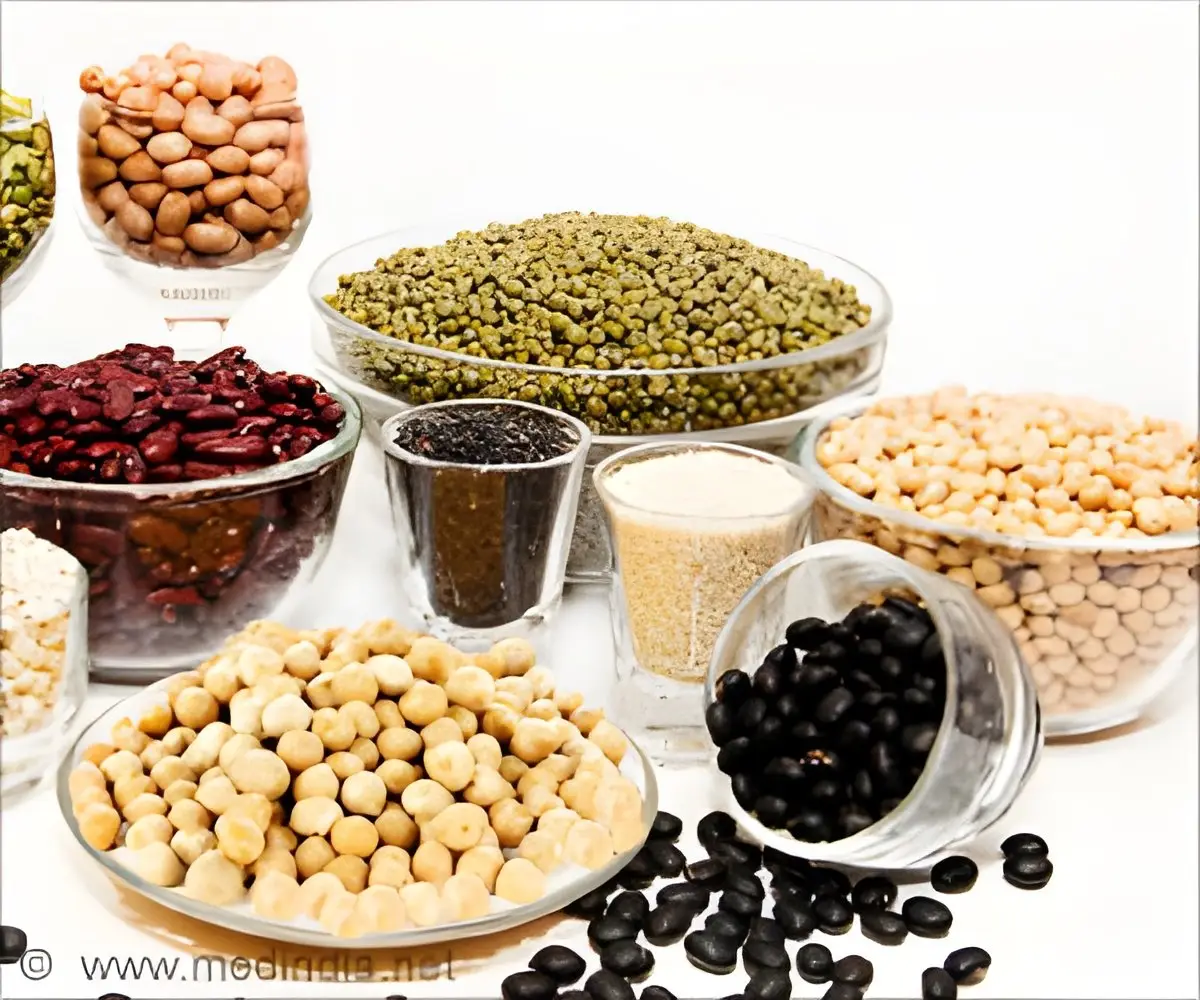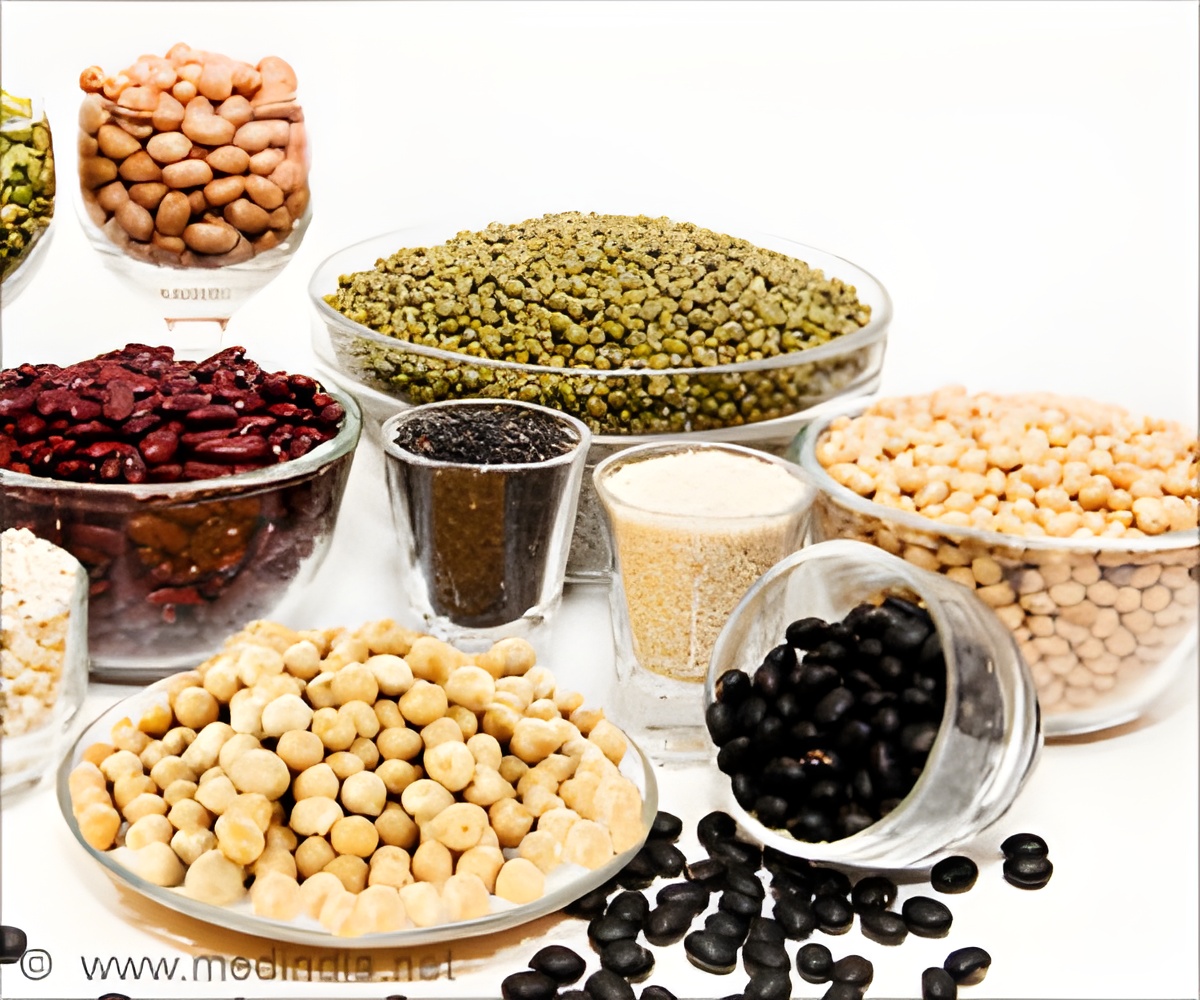-
 play_arrow
play_arrow
Radio Rehoboth
Chickpea & Pea Tempeh – The Next Big Thing in Plant-Based Protein


Chickpea & Pea Tempeh: The future of plant-based protein! Packed with flavor, nutrition, and sustainability, it’s a game-changer for healthy eating.

Hang Xiao, a food scientist at the University of Massachusetts Amherst, is taking on a new challenge in his mission to create delicious, nutritious, and sustainable plant-based alternatives to animal meat. Supported by a four-year, $387,000 grant from the USDA’s Pulse Crop Health Initiative, his latest research explores fermenting dry chickpeas and peas to develop a new type of tempeh, traditionally made with soybeans. Early findings indicate that chickpea and pea tempeh could help combat health risks associated with the Western diet, including obesity, fatty liver, hyperlipidemia, and diabetes. (1✔ ✔Trusted Source
Chickpea and Pea Tempeh Under Development as New Plant-based Protein Foods
Go to source
)
The challenge Xiao faces is uncovering the science involved in a process that’s been practiced for hundreds of years. He will use the expertise of two UMass Amherst co-investigators to carry out the research – sensory scientist Alissa Nolden, assistant professor of food science, and John Gibbons, associate professor of food science, who uses genomic approaches to study fungi in fermented foods.
Unveiling the Science of Tempeh Fermentation
“Tempeh is a fermented, fungal food that originated from Indonesia but is now gaining popularity all around the world because it’s a good approach to producing plant-based protein food,” says Xiao, year in and year out one of the world’s most highly cited researchers, according to data analytics company Clarivate. “Tempeh fermentation is mainly done empirically without a scientific understanding of the molecular basis by which fungal fermentation impacts product functionality, such as nutritional and sensory properties and health impact. This limits our ability to develop tempeh-based meat alternatives with optimal functionalities.”
Functionality includes both taste and nutrition. For the chickpea and pea tempeh to function practically as a plant-based meat option, it needs to be tasty.
“If it’s not tasteful, people won’t like it, and they won’t consume it frequently enough to offer health benefits,” Xiao says. “That’s one of the major challenges of plant-based protein.”
Xiao is also using “smart fermentation” in another project to develop a high-quality, plant-based protein from soybean meal, the byproduct of soybean oil extraction.
In the new project, Xiao and team will develop the tempeh products from chickpeas and peas and then “study the dynamic changes – because the fungi will be utilizing the nutrients in the peas and then transform them into different compounds. And this will have an impact on the nutritional value and the sensory properties of the final products,” he says. The food scientists will conduct a chemical analysis to determine which compounds, including amino acids and flavonoids, are produced during fermentation. Preliminary data suggests a nutritious high-fiber, low-fat tempeh will result. The team will also gather a panel of consumers to rate the sensory profile of the tempeh products – their taste, smell and texture. Finally, the researchers will determine the health impact of tempeh in an obese rodent model induced by the Western diet high in animal fat and sugar, a scenario designed to mimic the way many people typically eat.
Advertisement
“People consume everything mingled together,” Xiao says. “This dietary intervention is a preventive measure. We want to see if the tempeh products counteract the bad influence of the high-fat, high-sugar diet.”
“These findings are important because they suggested that tempeh fermentation enhanced health benefits of chickpeas and provided a strong rationale to develop pulse-based tempeh with desirable health functions,” the grant summary concludes.
Advertisement
Reference:
- Chickpea and Pea Tempeh Under Development as New Plant-based Protein Foods – (https://www.umass.edu/news/article/chickpea-and-pea-tempeh-under-development-new-plant-based-protein-foods)
Source-Eurekalert
Go to Source:https://www.medindia.net/news/chickpea-pea-tempeh-the-next-big-thing-in-plant-based-protein-218637-1.htm
Author:
Written by: RSS
Similar posts
Chart
Top popular

News Briefs 10/17/23
Board of Commissioners Workshop & Special Meeting – November 6

Six Sussex road projects considered in latest CTP
NFL Week 17 highlights: Packers, 49ers, Saints, Steelers win, Cardinals stun Eagles
Knicks vs. Cavaliers prediction, odds, line, spread, time: 2023 NBA picks, Nov. 1 best bets from proven model
Copyright 2023 East Sussex Public Broadcasting, Inc.





